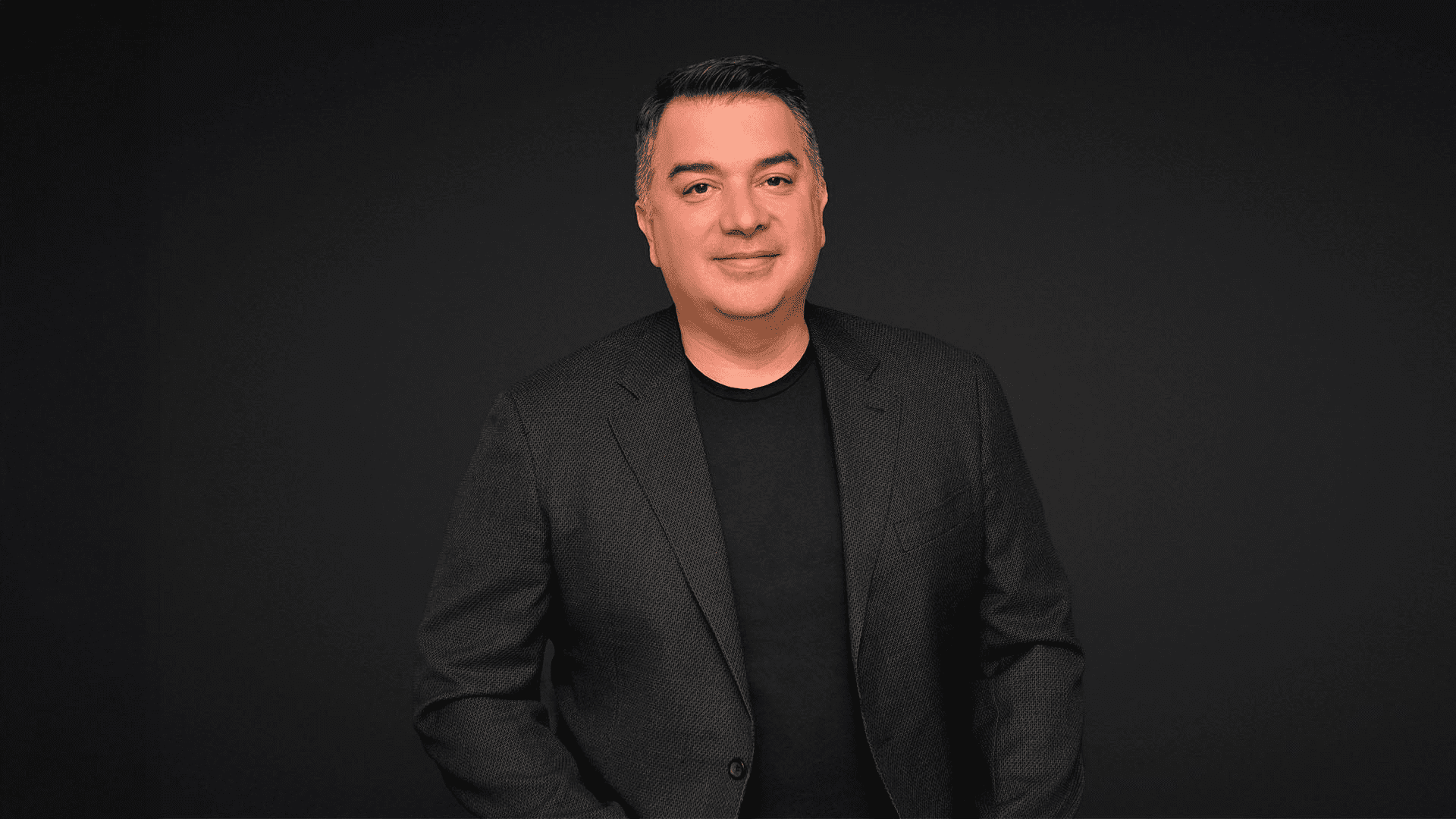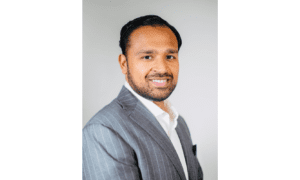Across industries, major transformation initiatives regularly fall short of expectations. McKinsey research finds that less than one-third of companies report their transformations as successful at both improving performance and sustaining that improvement. Even among those that believe they succeeded, organizations estimate that they captured only about 67% of the maximum value available. Moreover, roughly 22% of value is lost at the target-setting phase, and 35% during implementation.
Despite the billions invested, many change programs never deliver their full promise. For Mark Concannon, Founder and CEO of Concannon Business Consulting (CBC), sustainable transformation happens when technology, process, and people evolve together.
“Technology is always meant to solve a problem,” says Concannon. “But the people are ultimately so important to the adoption, the execution, and the realization of that value.” His approach brings together emerging tools, change leadership, and process clarity to help bridge the gap between ambition and execution.
The Human Factor in Bleeding Edge Innovation
Leading with the newest technology often means operating beyond reasonable maturity levels. Bleeding-edge tools, whether artificial intelligence, extended reality (XR), or adaptive staffing platforms, require strong technical expertise as much as patience.
He emphasizes the importance of small, deliberate pilots. Leaders need to take an incremental approach and “run a small pilot, find the problems, go a little bigger, find those problems again, and scale gradually.” This builds both internal confidence and organizational buy-in, reducing the fear that often surrounds early-stage technology adoption.
“You’re going to have failed implementation components, bad data, and failed experiences on certain platform elements,” he explains. “Having people who are patient, and processes that quickly address each hurdle, are what make success possible.”
Change Management as the Core Strategy
Concannon’s consulting work often begins with enthusiastic leaders eager to drive transformation. The challenge, however, is that enthusiasm at the top doesn’t always translate into alignment throughout the organization. That’s where change management comes in. He advises clients to invest in proper governance, structured communication, and continuous feedback loops.
“You need processes, techniques, and tools to identify resistance points and plan for them,” he says, stressing the importance of proactive planning. “There will always be hurdles. The key is how quickly you can respond,” he says, cautioning against the tendency to layer new technology over old processes without rethinking them. “If you just automate an inefficient process, you don’t end up with the superhighway you designed,” he says. “You end up with a faster version of the same problem.”
AI and XR: Tools for Empowerment, Not Replacement
The fear of replacement is one of the biggest barriers to adoption. He encourages organizations to identify which team members can adapt and which may need to transition out. “The reality is that employees are absolutely going to be superpowered if they get on board,” he says. “AI is just like a computer or a word processor. It’s a tool that helps people work smarter.”
With XR, which includes virtual and augmented reality and other immersive technologies, Concannon sees similar challenges, especially around comfort and perception. “You’ll have folks who feel awkward wearing a headset in front of others,” he says. “Understanding those human dynamics is as critical as choosing the right hardware partner.”
Both AI and XR, in his view, are not about replacing human intelligence but amplifying it. AI allows employees across sales, back office, and manufacturing to focus on managing systems rather than performing repetitive tasks, effectively supercharging productivity. Likewise, he highlights XR’s power in immersive training, helping workers prepare for dangerous or emergency scenarios safely within virtual environments, improving both confidence and readiness.
“Every one of these tools is about upgrading our workforce,” he says. “As that workforce becomes stronger and faster, the organization also accelerates and wins.”
The Rise of Adaptive Staffing
Building on the empowerment potential of AI and XR, Concannon’s work at Concannon Business Consulting applies that same philosophy to how teams are structured. It represents a new frontier in adaptive staffing. Flexible, on-demand expertise designed to meet the needs of a rapidly evolving business landscape.
“Being able to bring in smart, capable people who aren’t your employees, and operate with them on a scheduled cycle, gives you agility without layoffs or downsizing,” he explains.
Many enterprise organizations have already embraced this model, but Concannon says the mid-market often lags behind. “The biggest organizations know the intrinsic value of flexible staffing,” he says. “It lets you scale expertise as needed while keeping your core workforce focused on long-term growth.”
Setting Realistic Expectations for Transformational ROI
One of the biggest misconceptions about bleeding-edge technology is the expectation of immediate returns. “Be realistic about ROI,” he advises. “Your return might be half what you usually expect in the first year, but in the long term it could be double or triple because you’ll be ahead of the market.”
That patience and long-term thinking separates reactive adopters from true innovators. Concannon’s passion lies in helping organizations and their people reach that point of transformation—where vision becomes value and innovation becomes impact.
“A visionary leader who finds the right technology at the right time can leapfrog the competition so far ahead they won’t catch up.”
To connect with Mark J. Concannon, visit his LinkedIn or learn more at his website.



































